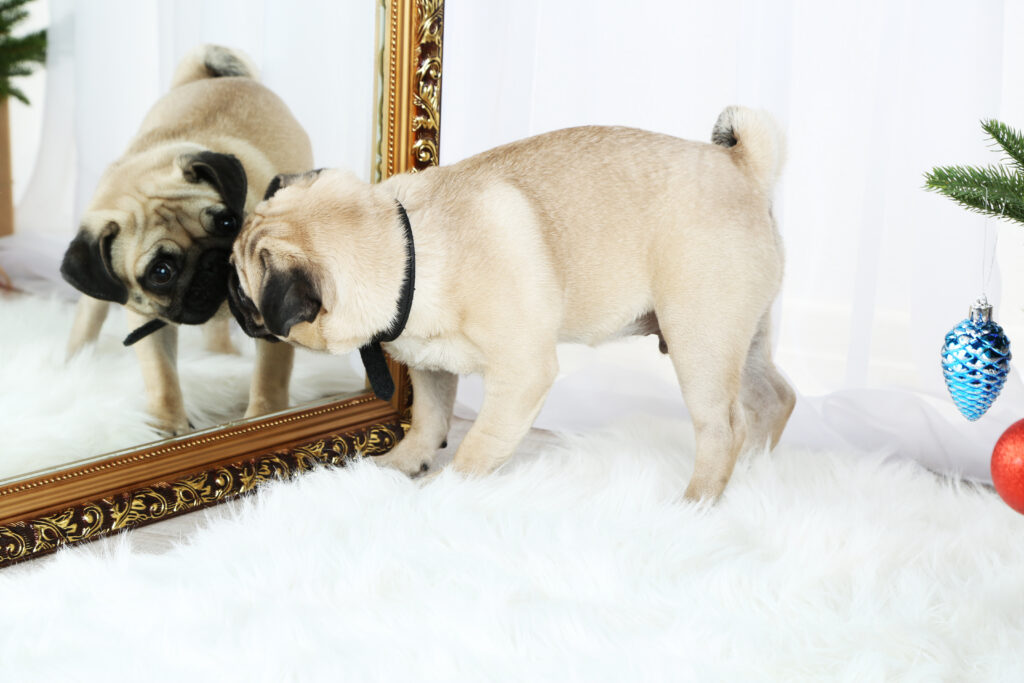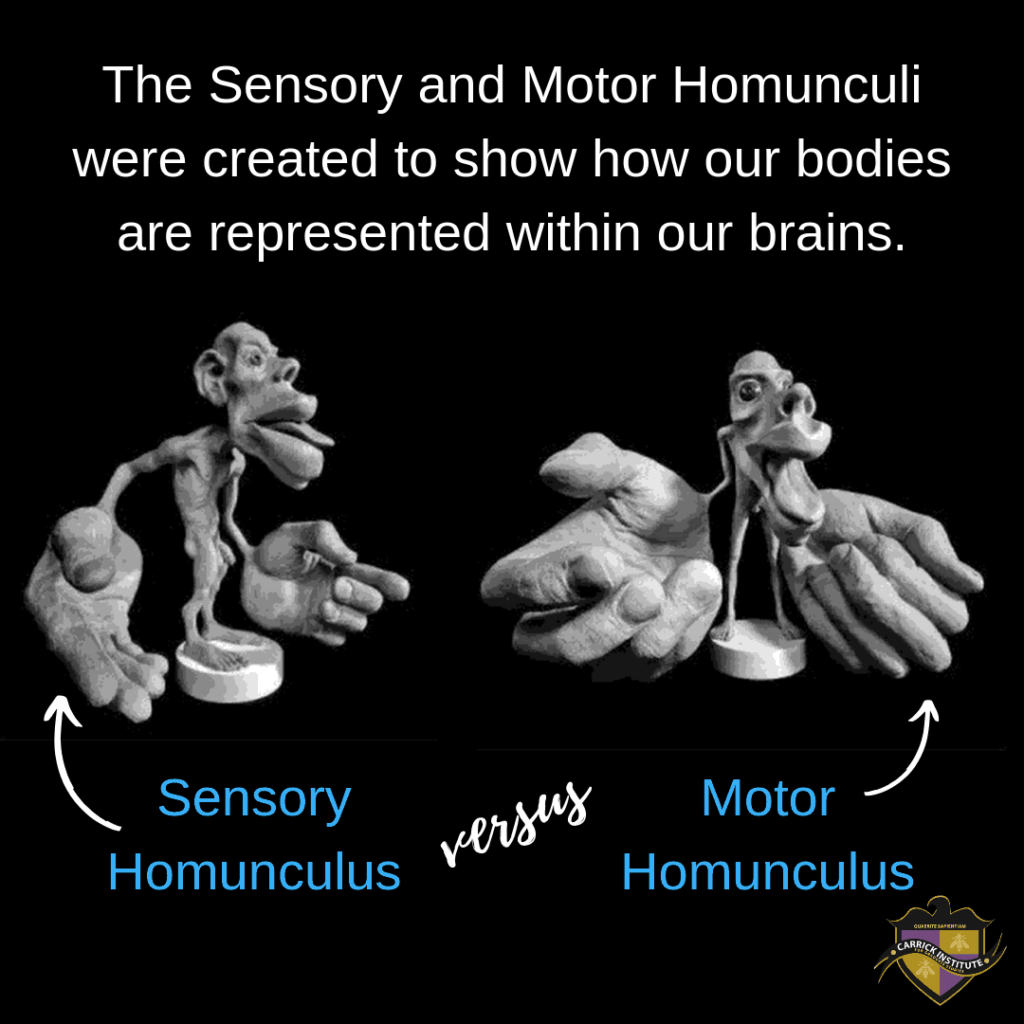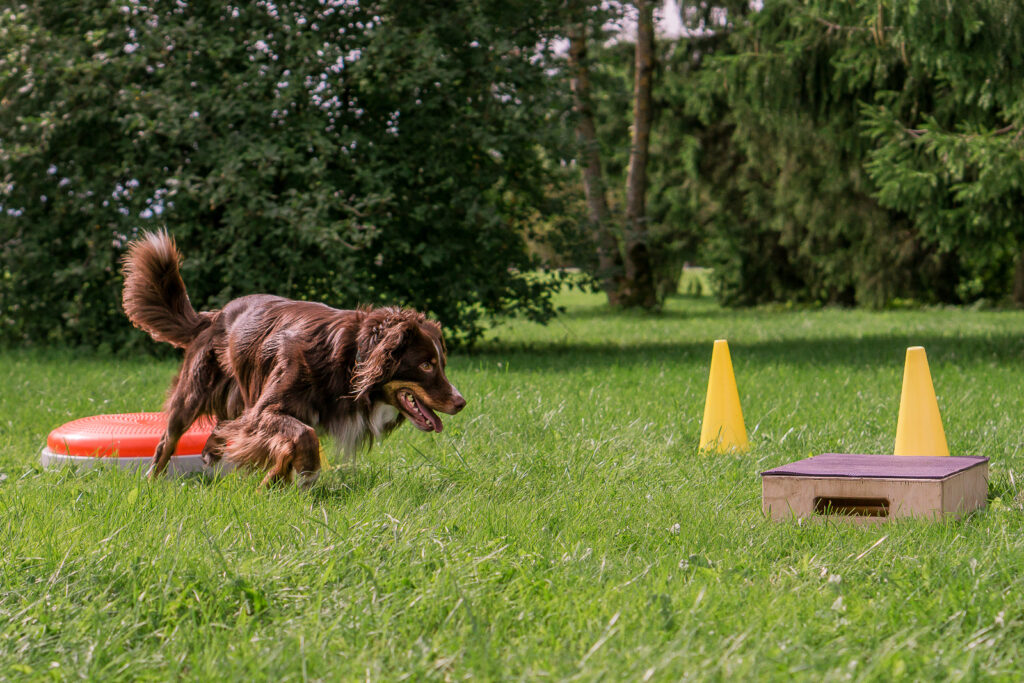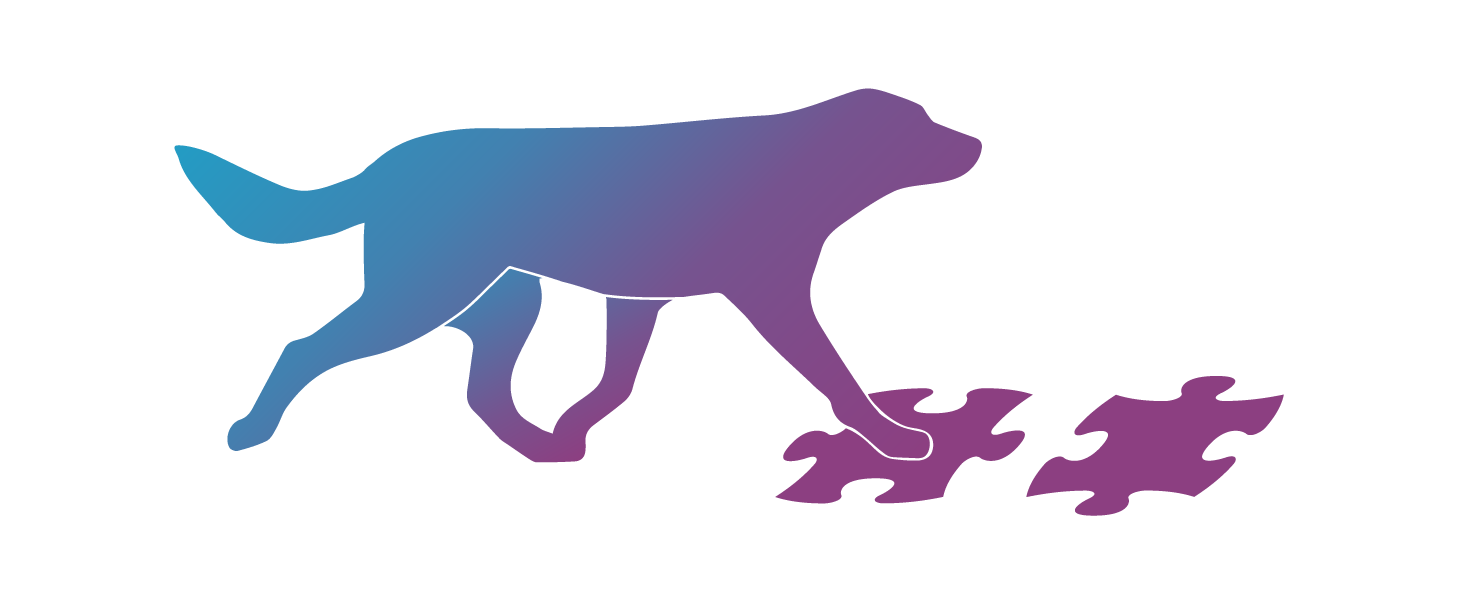In the previous blog post we discussed how the movement speed affects the brain’s ability to sense slight differences in the movement. We discovered that the brain can actually map the movement in a more detailed way when the movement is done slowly.
When the body is engaged only in fast movement exercises, then the brain is not able to identify small changes in the movement. That reduces the ability to adjust the movement, make it more efficient and remove any problem spots from the movement pattern. In this blog post we are going to continue our discussion about slow movement and we’ll focus on something called “the body maps”.
Good proprioception = good movement
Good movement depends on proprioception – the knowledge the brain and nervous system has of the different body parts, their location and movement in the space and with respect to other body parts.
If the nervous system doesn’t know where different body parts are at any given time, or if the information about the body parts’ location and movement is incomplete, then we can be certain that the coordination and movement is not as efficient as it could be.
In order to move well, the nervous system needs to have very high quality information about the body. Where different body parts are and how do they move with respect to the environment and each other at any given moment.
Without knowing that information, the nervous system will try to execute the movements in order to complete the exercise. But the movements will be lacking detail and precision, resulting in low efficiency and high risk of injuries.
I suspect we’ve all seen dogs who definitely know about their front legs, but seem to have no idea about their hind legs or how they move. I often wonder if this is the reason why some dogs are very surprised when seeing themselves in the mirror for the first time. “Whaaat?? 4 legs?? But I thought I had only two? Is this a joke?”.

What are body maps?
Knowing where different body parts are and how they move depends on body maps. Body maps are areas of the brain representing different body parts. Each body part has a different area in the brain, dedicated to sensing and moving that body part.
Essentially there are different brain areas dedicated to all 4 paws separately. Even to different areas of the paws/legs! Ears, tongue, nose, tail – all have separate areas of the brains.
These dedicated brain areas develop and grow with the use of these body parts. With movement and use of a body part, the brain gets more detailed information and starts creating a higher resolution map for using that body part. Doing exercises focusing on lifting the right front paw will help to grow the respective body map in the brain. The body map for the right front paw will grow and will have more connections linked to it, leading to a higher resolution map and better coordinated movements.

Use it or lose it
Body maps grow and become more detailed with movement. However, this means that the body maps will start degrading when there’s less information available, i.e. when we stop doing body awareness and proprioception work.
It’s common to include body awareness work in puppy classes and we often expect this work to be done after a couple of exercises. But the truth is… body awareness work is never done. It may change as the learner matures, adding more challenges to the exercises. But we can never expect it to be done. If we stop doing deliberate body awareness, proprioception and coordination work with our dogs, then the body maps of different body parts will start reducing, the detail will be lost and the dog won’t be able to move efficiently anymore.

Better body maps via slow movements
Working on body maps is never done! And in order to grow and create connections in the body maps, the brain needs information from movement. But, as we learnt in the previous blog post, not all movements are equal. Remember slow movements giving higher detail information?
Slow movements give the nervous system higher detailed information about different muscle engagement during the movement, whether the correct muscles are engaged, firing at the right time and putting in just the right amount of work. This information goes missing in fast movements because there’s so much more happening!
And guess where this high detailed information from slow movements goes? That’s right, it goes to the body maps! Meaning that slow movements will help create more information and detail for the body maps, resulting in better controlled movements, higher coordination, faster performance and lower risk of injuries. If the dog is only engaged in fast movement activities, the body map (and thus the coordination and control of the body and movement) will not be very detailed.
Body needs slow movement exercises in order to have good body awareness, proprioception and coordination in fast movement exercises.
If you enjoyed this blog post, share it with your friends using the buttons below
Or leave me a comment, letting me know you’re here! It’s a huge +R for me 🙂
Thank you!
Happy training!
Mari & Co.
Mari Valgma, CPCFT

This idea of slowness is very helpful to Darwin, and I have finally disciplined myself to do fitness exercises in a deliberate way and not let him rely on momentum to rush through the movements. The tricky part is when we do agility exercises and sequences. Darwin is a super drivey, gung ho kind of dog, and throws himself into the exercises. The only real way of slowing him down is with jump grids and cavaletti. I work on arousal exercises where he performs movements under arousal and has to bring himself back down to optimal arousal, such as cavaletti with a distraction in his field of vision. But I am wondering how to transfer the idea of more deliberate movement to his agility work. For instance, he can do tight turns, but often knocks the bar because he is turning too tight. I address this by using cones to make him swing out a little further. but I am not sure this translates to situations when the cones are faded.
Suggestions? Thoughts?
I fully understand your concern, Kathryn! From one hand I really enjoy working with super enthusiastic dogs, but for the sake of their own skills it is useful to get them more in the focused thinking mode. As to agility training – that’s not really my forte, but I do have one idea. Have you heard of mark bucket training? Where the start and end of the behavior are front paws on a target essentially. It looks very much like the 2 bowl game, but instead of bowls you’d have big clear targets for front paws.
I’ve seen it being used very successfully with agility exercises to keep the dogs in highly focused and controlled movement mindset. Ocean4Dogs is a Facebook group where this method is discussed, it may be worth a check 🙂
Thank you so much, it is very helpful article for me!
I’m so glad to hear you’re finding this helpful, Svetlana 🙂